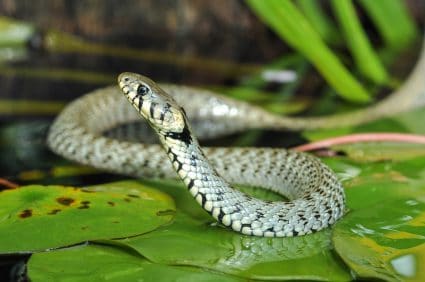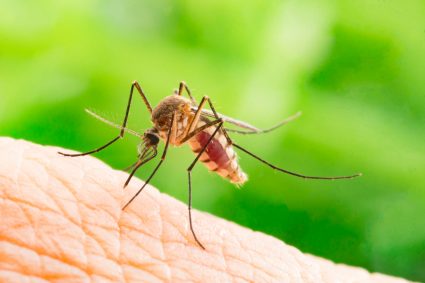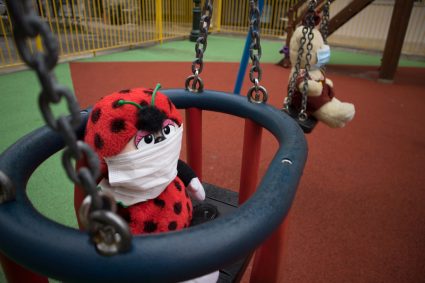
Bird feeding is a popular hobby that brings a lot of joy to bird watchers and nature enthusiasts. However, this hobby can be marred by the consistent interference of squirrels that are attracted to suet feeders. While squirrels are also a part of our ecosystem, their presence can deter birds and empty your feeders quickly. This comprehensive guide will provide practical tips and methods on how to keep squirrels out of suet feeders, ensuring that you can enjoy bird watching without any disruption.
To keep squirrels out of suet feeders, you can strategically place the feeders in open areas away from trees or buildings, use squirrel baffles, invest in squirrel-proof feeders, and spice up the suet with cayenne pepper. Understanding squirrel behavior and maintaining a clean environment around the feeders can also deter them. Offering alternative food sources at a separate feeding station can keep them away from bird feeders. However, remember that no method is foolproof, and combining several strategies will increase your chances of success.
Understanding Suet Feeders
Before we delve into the methods of keeping squirrels away, it’s essential to understand the types of suet feeders that are commonly used. These include cage suet feeders, tail prop suet feeders, upside-down suet feeders, sheltered suet feeders, and many more. The cage suet feeders are often the most vulnerable to squirrel invasion due to their large grids. However, upside-down suet feeders and feeders with weight-sensitive mechanisms are more resistant to squirrels.
Strategic Placement of Feeders
One of the most effective ways to deter squirrels from accessing your suet feeders is by placing them strategically. Squirrels are excellent climbers and jumpers, able to leap about four feet vertically and ten feet horizontally. Hence, placing the feeder in an open area, away from trees or buildings, can reduce squirrel activity. Hanging the feeder from a smooth, vertical metal pole with a large diameter can also be beneficial as squirrels find it challenging to climb such surfaces.
The Role of Squirrel Baffles
A squirrel baffle is a dome-shaped barrier that you can add to your feeder setup. It is designed to prevent squirrels from climbing down to the feeder from above. You can find a wide variety of squirrel baffles online, such as on Amazon.
Squirrel-Proof Suet Feeders
Investing in a squirrel-proof suet feeder can save a lot of hassle. These feeders are enclosed in a cage or have a weight-activated mechanism that closes the ports to the seed when a squirrel lands on it. Some of the most effective squirrel-proof feeders include the Yankee Flipper Feeder, Droll Yankees Domed Cage and Double Suet Feeder, Woodlink Absolute II Squirrel Resistant Feeder, Squirrel Buster Plus Bird Feeder, and Kingsyard Squirrel-Proof Suet Feeder.
Spice It Up
Another method to deter squirrels is by using suet with cayenne pepper in it. Birds are unaffected by the spicy taste, but squirrels find it unpleasant. You can also apply a capsaicin-based pepper spray on the bird feeder poles, making them too spicy for squirrels to climb. However, be cautious when using this method as it can cause irritation to your skin and eyes.
Squirrel Behavior
Understanding squirrel behavior can also be beneficial in keeping them away from your feeders. Squirrels are less likely to approach feeders placed in well-lit, open areas due to the risk of being seen by predators. They also find it difficult to climb smooth, vertical surfaces. Therefore, using a large diameter metal pole to hang your feeder or adding a baffle to your setup can prove effective.
Long-Term Maintenance
Maintaining a squirrel-free environment around your suet feeders requires long-term commitment. Regularly clean the area around the feeder to reduce attraction, use squirrel-proof feeders, and add a little cayenne pepper to the birdseed. Offering alternative food sources like peanuts, dried corn on the cob, or fruit at a separate feeding station can also keep them away from bird feeders.
In conclusion, while it may be challenging to entirely prevent squirrels from invading your suet feeders, these methods can significantly reduce their interference. Remember that no method is foolproof, and squirrels can be very determined. Combining several of these strategies will increase your chances of successfully keeping squirrels out of your suet feeders.
Frequently Asked Questions
What is suet?
Suet is a type of bird feed that is made from raw, hard fat of beef or mutton. It is a high-energy food source that is particularly loved by woodpeckers, nuthatches, wrens, starlings, and several other species of birds.
Can squirrels cause damage to suet feeders?
Yes, squirrels can cause damage to suet feeders. They have strong teeth that can chew through plastic and lightweight metal. Therefore, it’s advisable to opt for sturdy, squirrel-proof suet feeders.
Are there any other animals that might be attracted to suet feeders?
Apart from squirrels, other animals such as raccoons, opossums, and even bears can be attracted to suet feeders. However, the methods mentioned in the blog post primarily target squirrels.
Can I use any other spices apart from cayenne pepper to deter squirrels?
While cayenne pepper is the most commonly used spice to deter squirrels, you can also use hot pepper flakes or chili powder. Remember, these spices do not affect birds as they do not have the receptors to sense the heat.
How often should I clean my bird feeder?
It’s recommended to clean your bird feeders every two weeks, or more often during periods of heavy use or wet weather. Regular cleaning prevents the buildup of harmful bacteria and fungi, ensuring the health of the birds.











